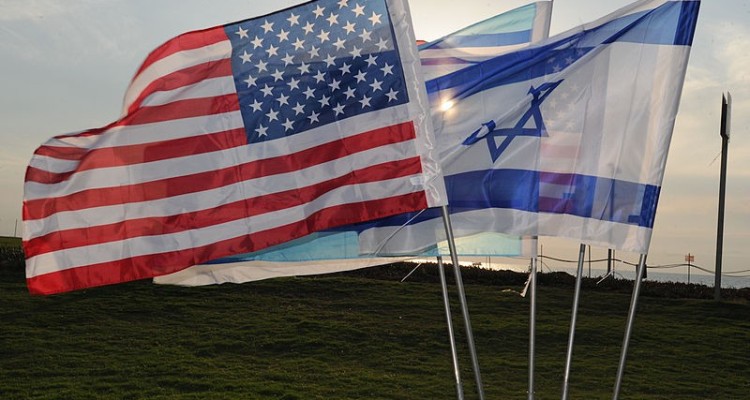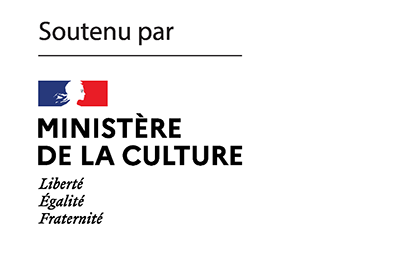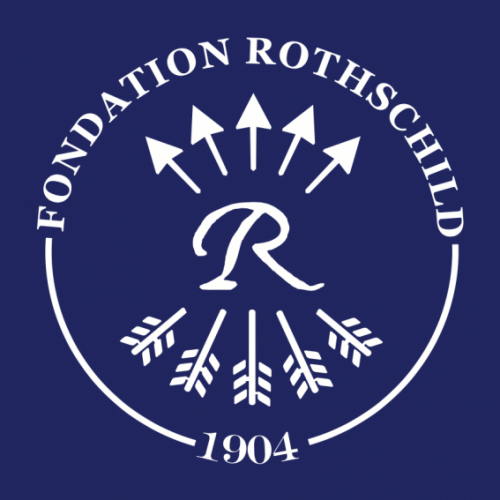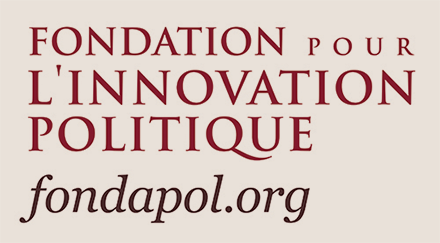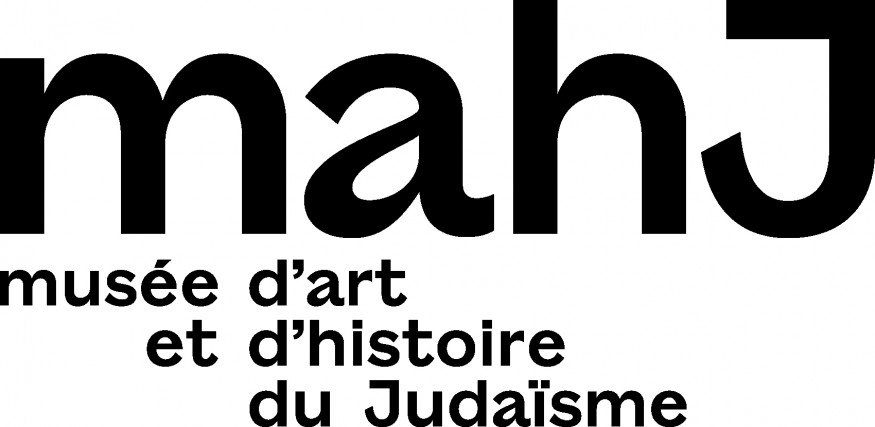In view of the proliferation of yellow stars in the anti-vax demonstrations, one tries to understand the choice of the symbol. That there is anti-Semitism at the bottom of the gesture, one feels it confusedly. That it is underpinned by a particular form of silliness, one also suspects. The enormity of the thing, however, seems to evade analysis. And refusing to try to understand an obtuse thought is a very legitimate way to say no to it. Julia Christ has chosen to take them seriously by relying on the idea that in the face of obtuseness, only exaggeration is likely to produce effects of truth. The astonishing result of this little journey: it is not the “anti-system” rear-guard of society that expresses itself by wearing the symbol, but on the contrary a kind of hyper-individualistic and ultraliberal avant-garde.

It had a precise meaning. Like a signpost, it told those who saw it in the street exactly what to do: to stay away from the person wearing it, at least when you were alone; or to approach and beat him up when you were with others and in the mood for a bit of fun; or to arrest, deport or kill him if you were wearing an uniform. The yellow star regulated circulation, not only for Jews, for whom it meant that they were forbidden to enter certain places, or even just to walk on the sidewalk, but also, and perhaps above all, for the rest of the population. For them, avoiding contact with Jews was the first maxim. In Nazi ideology, this was not an arbitrary invention. If contact with Jews was to be avoided, it was because they threatened the national body, its health, its strength, its integrity. Contact with a Jew thus entailed a risk of contamination of racial purity, of the Germanic spirit, or even simply of the healthy body. In fact, the medieval fantasy of disease-carrying Jews had not been so much modernized by the Nazis. The yellow star was supposed to warn the good Aryans, to protect them from harmful contact, which wasn’t left to their free choice to risk their skin. The danger of contagion was perceived as too great by the sovereign to allow the average person to approach it, so that any contact was sanctioned. But the Nazi state was, at the same time, modern and rational: punishment was only possible if the ordinary person could recognize without fear of error those with whom it was necessary to keep one’s distance. The yellow star, a state-imposed marking, ensured that no one could say to himself that he did not know. Getting too close to someone wearing a yellow star was as unjustifiable as running a stop sign.
A part of the French population, but more widely in Europe, now wears the yellow star.
The symbol seems well chosen insofar as these people fear, according to them, to be perceived as threatening the health of the social body and, therefore, to be excluded from the peaceful and ordinary relations with all their fellow citizens. And undeniably, the health passport also functions as a regulator of the movement of the people who carry it. That is to say, in this case, of those who do not carry it. Perhaps, in the long run, it will even function as a regulator of vaccinated people who will avoid those who are not vaccinated and therefore cannot produce it. But then, let us note that it will be by choice, and not because the State forces them to do so. If we regulate the circulation of non-vaccinated people, it is because we consider them as potential carriers of contagious diseases. We can therefore understand the choice of the symbol. But not without asking the question of how silly or anti-Semitic, or both, one must be to really support the analogy.
The widespread impression that a particularly repugnant form of anti-Semitism finds its expression and its outlet in the wearing of the star by the anti-vaxxers, as we can see, is not illusory. It is a perfectly-founded and explicable impression
Let us first address anti-Semitism, which, although immediately perceptible, deserves to be explained. It is a fact that in times of pandemic anyone can carry a potentially dangerous virus for anyone they come too close to. That those who are not vaccinated are more likely to carry the virus and transmit it than those who have protected themselves against this possibility by the vaccine is also a fact. The “anti-vaxxers” know this perfectly well. Very few of them argue that the vaccine is ineffective to justify their choice; what they argue is their freedom to choose not to protect themselves, or to protect themselves against the possible long-term side effects of the vaccine and not against the actual virus.
This talk of freedom betrays them. They know they are a danger, but they claim the right to be. They support the right to put their lives and the lives of others at risk for the sake of their future health. But if they know that they are indeed a danger, and choose to be so at the expense of others, what does the yellow star have to do with it? The latter stigmatized a group which, objectively, did not pose any danger to the social body. It identified an imaginary danger, whereas refusing the vaccine constitutes a real danger for society. Only one conclusion is then possible, if one wants to join the unspoken but de facto thought that underlies the analogy: those who wear the yellow star today consider that the Jews, indeed, constitute a danger to the health of society, but that in a liberal society, one does not have the right to stigmatize them for that. In fact, that is what they are saying. The Nazis are not to be blamed for having fabricated the Jewish danger, for having stigmatized, persecuted and exterminated an entire group that had been identified as a threat; the fault of the Nazis was to have exposed in the public arena a truth, namely that the Jews constitute a danger to society as a whole. And that, decidedly, was wrong. The widespread impression that a particularly repugnant form of anti-Semitism finds its expression and its outlet in the wearing of the star by the anti-vaxxers, as we can see, is not illusory. It is a perfectly-founded and explicable impression.
The silliness of the anti-vaxxers consists in the extraordinary importance that these people give themselves. Without this overestimation of themselves, they would see the contradiction that drives all their reasoning, namely that you cannot want freedom for yourself without wanting it for others.
Let us now turn to the silliness, which is not entirely independent of it. Jews are not the only ones whose discrimination is mobilized by the anti-vaccine movement to name the injustice they feel. There are immigrants too – “do not touch my body (ne touche pas à mon corps)” is clearly modeled on the “do not touch my mate” (ne touche pas à mon pote) of the fight against racism; and then there are women – “my body belongs to me” is a slogan coming from the fight for the right to abortion and, more recently, against sexual violence. The vaccine as rape, it was necessary to think about it…
But let us move on. In all these struggles, it was about groups that were discriminated against and dominated, not because they had made any choice, but because society presented them, and still presents them in part, as essentially inferior to other groups. On the other hand, it should be noted that no one considers people who refuse the vaccine as inherently inferior. In this field, one should not be fooled by the impoverished discourse of a part of the intellectual elite which accuses another part of despising the anti-vaxxers. On the contrary, they are considered as citizens equal to all other citizens, but who in this case choose to break with social solidarity – while at the same time demanding it, by relying on the functioning of health systems. The anti-vaccine movement, in this respect, does not propose to pay for the costs generated by the behavior of its supporters; it relies entirely on the solidarity of others in this area.
And it is because we consider them to be equal citizens, educated like all other citizens and capable, as such, of understanding what is at stake in the situation, that we are outraged to see them knowingly breaking social solidarity. We are outraged because these people who have only the word freedom in their mouths and whose slogans attest to their deep attachment to the liberal individualism, put in danger the freedom of all, including their own. Which one, in this case? The fundamental freedom to circulate without hindrance in the public space. And they do so in the name of their own freedom to circulate without hindrance in this same space.
Their silliness, let’s be clear, the one that is unbearable for the rest of the population, consists in the idea that each of them claims to be exceptional and to be recognized as such: endowed with an exceptional immune system; exceptional courage in the face of danger; an exceptional body that, unlike the others, should not be turned into a “guinea pig”; exceptional foresight as to the devastating effects of the vaccine in the long run; and an exceptional personality that, for the sake of humanity, must be protected by all from such effects, presumably so that it can guide what will remain of a vaccine-“zombified” humanity into the future. In short, the silliness consists in the extraordinary importance that these people give themselves.
Without this overestimation of themselves, they would see the contradiction that drives all their reasoning, namely that you cannot want freedom for yourself without wanting it for others.
Unless … unless one thinks of oneself as a new race of lords who do not care about the freedom of the “sheep”. This is where silliness finds its current favorite motif. Again, the star.
